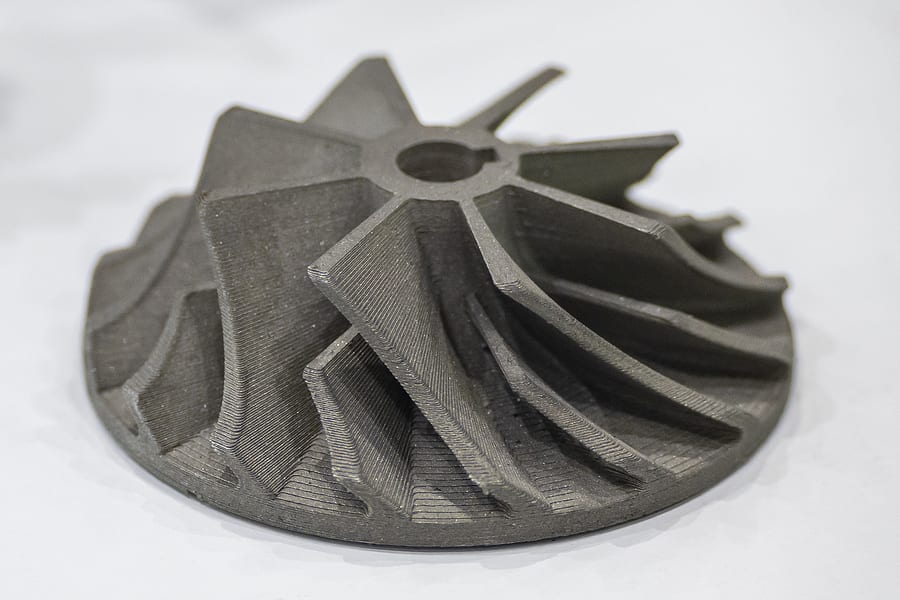MikeG7
Mechanical
- Jun 6, 2012
- 199
Good day all.
I am puzzled by the applied loadings used to check the stress in the flexible shell element (FSE) of a thick joint per "TEMA 9th Ed. 2007".
I have followed the procedure to determine the equivalent pressure due to expansion, equivalent shell-side pressure and tube-side pressure.
These are combined to arrive at displacements that are to be used for a finite element analysis per the TEMA 9th Ed. guidelines at various locations.
There is very little "guidance" in TEMA 9th edition how to arrive at the displacements but Tema 8th edition has Table RCB-8.7 which provides the method do work out the equivalent force on the joint (and from the known stiffness of the FSE, one can work out the applied displacements).
In my case, I have differential expansion leading to a compression of the FSE (shell wants to grow longer than cooler tubes of same material).
So far, no problem. However, when considering the condition of "Shell side pressure only" , the arrived displacement has a negative sign, leading to a compressive force (or displacement) to be applied to the FSE. This is surprising as shell pressure would surely want to cause an elongation or expansion. I did my own calcs and compared to software output and both are the same in terms of the sign.
Anyone care to share some light or opinion on the matter?
Also any comment if the method I am using for displacement (by using force and spring rate) is acceptable/logical.
Thanks
I am puzzled by the applied loadings used to check the stress in the flexible shell element (FSE) of a thick joint per "TEMA 9th Ed. 2007".
I have followed the procedure to determine the equivalent pressure due to expansion, equivalent shell-side pressure and tube-side pressure.
These are combined to arrive at displacements that are to be used for a finite element analysis per the TEMA 9th Ed. guidelines at various locations.
There is very little "guidance" in TEMA 9th edition how to arrive at the displacements but Tema 8th edition has Table RCB-8.7 which provides the method do work out the equivalent force on the joint (and from the known stiffness of the FSE, one can work out the applied displacements).
In my case, I have differential expansion leading to a compression of the FSE (shell wants to grow longer than cooler tubes of same material).
So far, no problem. However, when considering the condition of "Shell side pressure only" , the arrived displacement has a negative sign, leading to a compressive force (or displacement) to be applied to the FSE. This is surprising as shell pressure would surely want to cause an elongation or expansion. I did my own calcs and compared to software output and both are the same in terms of the sign.
Anyone care to share some light or opinion on the matter?
Also any comment if the method I am using for displacement (by using force and spring rate) is acceptable/logical.
Thanks




